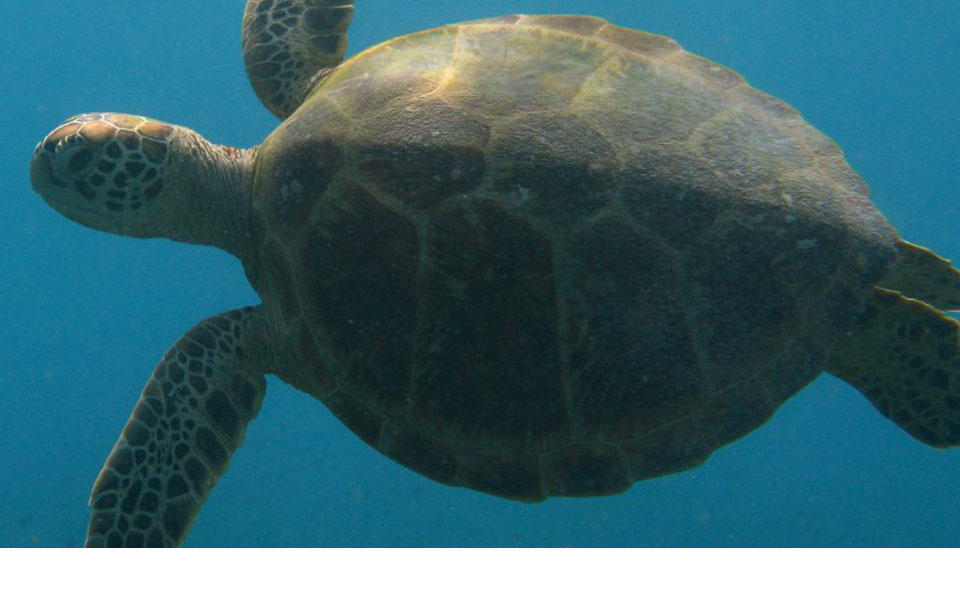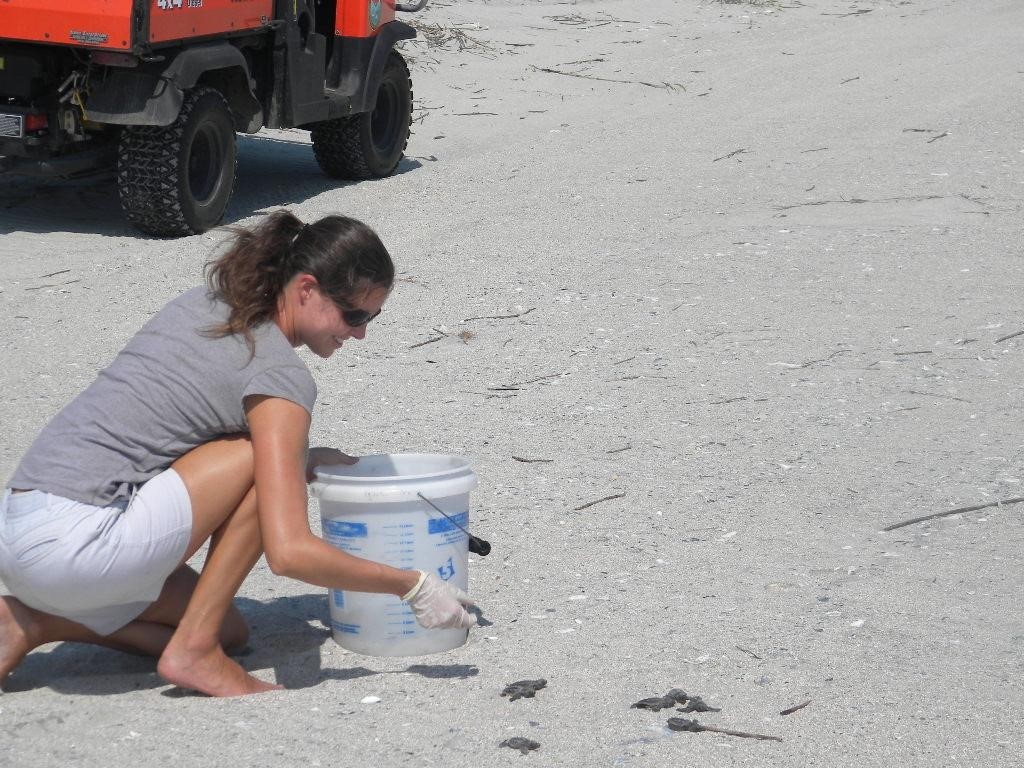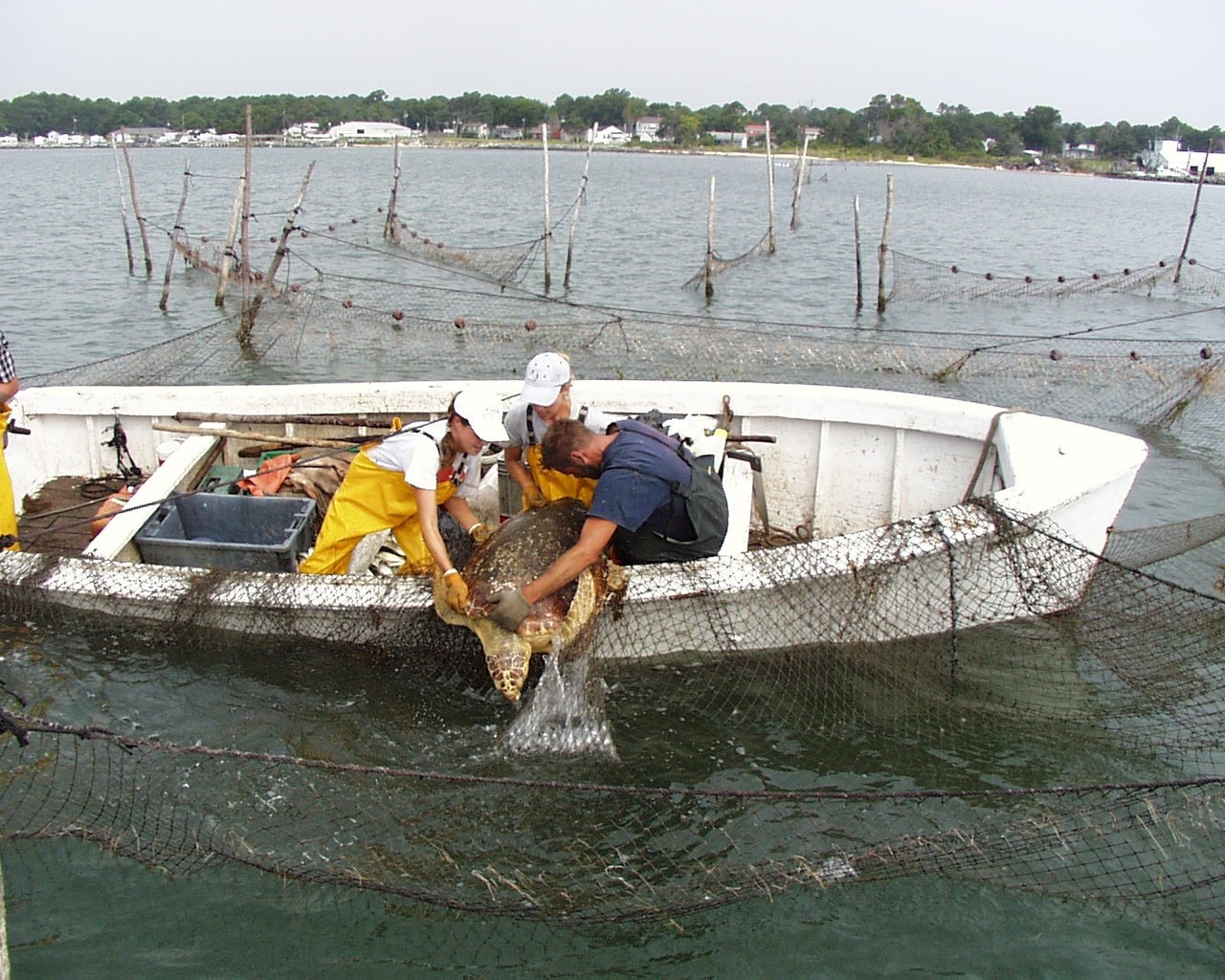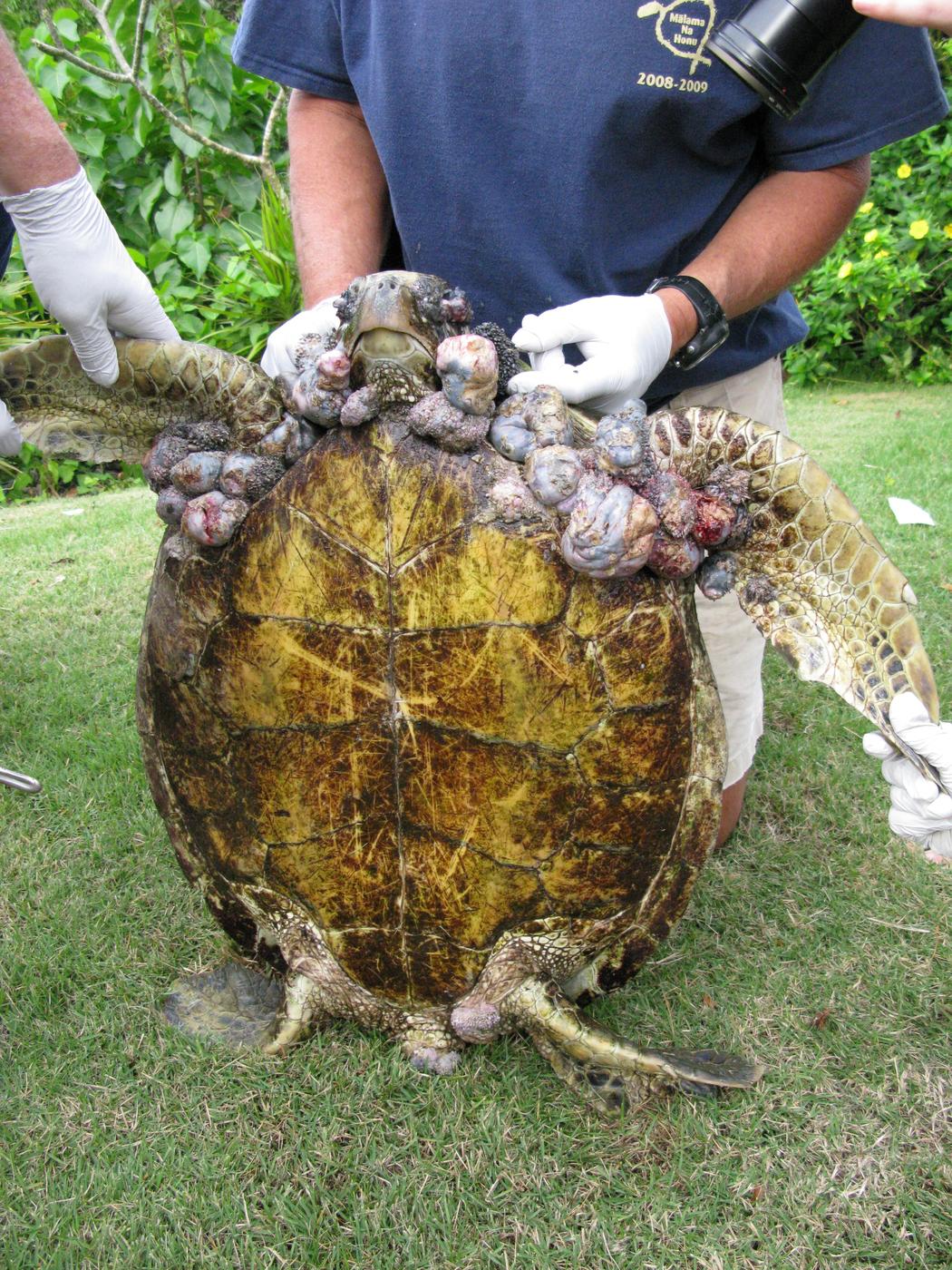Taking Measure
Just a Standard Blog

Healthy green sea turtle at Palmyra Atoll.
I love sea turtles. I love looking into their giant, ancient, gentle eyes and watching them use their long flippers, so graceful in the water, to lumber awkwardly, but persistently, up the moonlit beach to lay their ping pong ball-sized eggs in the sand. I love seeing the tiny hatchlings, so small they can fit in the palm of your hand, frantically climb up and out of their nests and down the beach to start their long, mysterious lives beneath the waves until they, like their mothers and countless generations before them, are called to lumber up the beach to lay their eggs and begin the cycle anew.

Growing up in landlocked Indiana, I experienced these magical moments only through my favorite TV shows or magazines, like NOVA and National Geographic. When it came time for me to venture from my nest, I, too, scrambled to the ocean. An undergraduate course took me to Costa Rica to study tropical biology. The majority of the syllabus focused on terrestrial plants and birds, but I chose to write a term paper about sea turtles. We visited a nesting beach on the Pacific coast but were not fortunate enough to witness an arribada, an annual spectacle when hundreds to thousands of sea turtles emerge from the sea to nest.
Still, standing on that important beach in the dark of night with the warm sea air blowing across my face, I contemplated the long list of threats that sea turtles must survive in the decades before a tiny hatchling becomes a mature nesting female. Some estimates say only one in 100 or even one in 1,000 hatchlings survive to reproduce. So few live because, in addition to their numerous predators in the wild, they also fall victim to their interactions with us. Humans hunt them and poach their eggs, drown them with fishing gear, and cause them to die from dehydration when hatchlings are attracted to glowing street lights rather than the white surf.
All these obstacles to their survival have caused the world’s seven species of sea turtles to suffer large population declines, and that’s why they are protected as endangered or threatened species under international treaties and federal laws.

I first touched a live sea turtle during graduate school on the Outer Banks of North Carolina where I studied another human threat to the marine environment: chemical pollution. As a volunteer for a National Marine Fisheries Service project, I helped haul pound nets for local fishermen that safely capture sea turtles along with flounder and slimy butterfish in Core Sound. We collected blood and fat samples from the loggerhead turtles, which I later analyzed for persistent organic pollutants (POPs) at the NIST lab in the Hollings Marine Laboratory in Charleston, South Carolina. This is where I got my start with NIST and where NIST got its start with sea turtles.
Our studies have shown that all six species we have tested are exposed to hundreds of POPs and inorganic contaminants and that the loggerhead turtle moms pass these compounds along to their eggs. We have found some of these chemicals in turtle tissues at concentrations that could be toxic, and we have found significant correlations between elevated concentrations of some chemicals and poor health.
Through these studies, we have also shown that, although they are highly migratory, sea turtles can be good indicators of regional environmental contamination. For instance, we know from the turtles that the coastal environment along the northern U.S. Atlantic coast is more polluted with POPs than further south. The good news is that concentrations of one POP (called PFOS), which was phased out in 2001, are declining over time in sea turtle blood. While we’ve collected a wealth of data, we’ve only just broken the surface. Today, we continue to address contaminant issues with sea turtles, and we’re constantly expanding the chemical list and the geographical locations where we collect samples.
Since 2011, NIST’s Marine Environmental Specimen Bank has been archiving sea turtle tissues for real-time and retrospective health and contaminants research. This project, a partnership among NIST and many other federal and state agencies as well as academic institutions, is called BEMAST, which stands for Biological and Environmental Monitoring and Archival of Sea Turtle tissues. We do collections for BEMAST solely in the U.S. Pacific Islands, a vast, remote geographical region with many historical and current issues affecting sea turtle conservation and contamination. To date, we have put over 1,000 samples in the bank from five species from locations that span the Commonwealth of the Northern Mariana Islands, Palmyra Atoll, the main Hawaiian Islands, and coastal California.

As part of our BEMAST study, we have surveyed the health and contaminant exposure of green turtles with fibropapillomatosis, benign tumors associated with a herpesvirus that impede turtles’ sight, movement, and foraging. We have also begun to record geographical trends in contaminant exposure at scales ranging from across the Pacific Ocean to within Hawaiian watersheds. And, we are assessing the amount and types of plastic debris Pacific sea turtles who spend most of their time in open water ingest.
Through BEMAST, my colleagues and I have the opportunity to help our partner agencies answer important questions about chemical threats to these endangered species, and we have had the privilege of training students and scientists to collect samples for highly reproducible trace contaminant analysis in some of the world’s most remote locations.
Doing what I do, it’s not all sun, sand, surf, and swimming (and wrestling) with beautiful wildlife (though there is some of that), there’s a lot of blood, sweat, tears, muscle aches, danger, and hard, clinical science. But I endure it all—the long hours, the time away from my family, the jellyfish stings, and the difficulty of collecting samples in the middle of the rolling ocean—for the turtles, and for us humans, too. Besides just being awesome, turtles are a key indicator species of the oceans’ health, and the health of the oceans has huge implications for humanity.
About the author
Related Posts
Comments
- Reply
save the turtles





